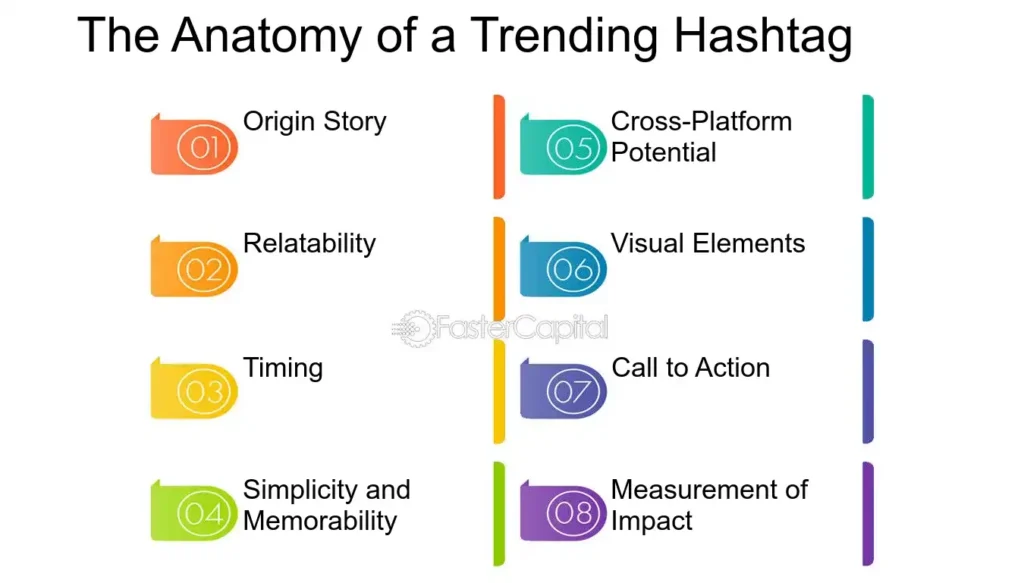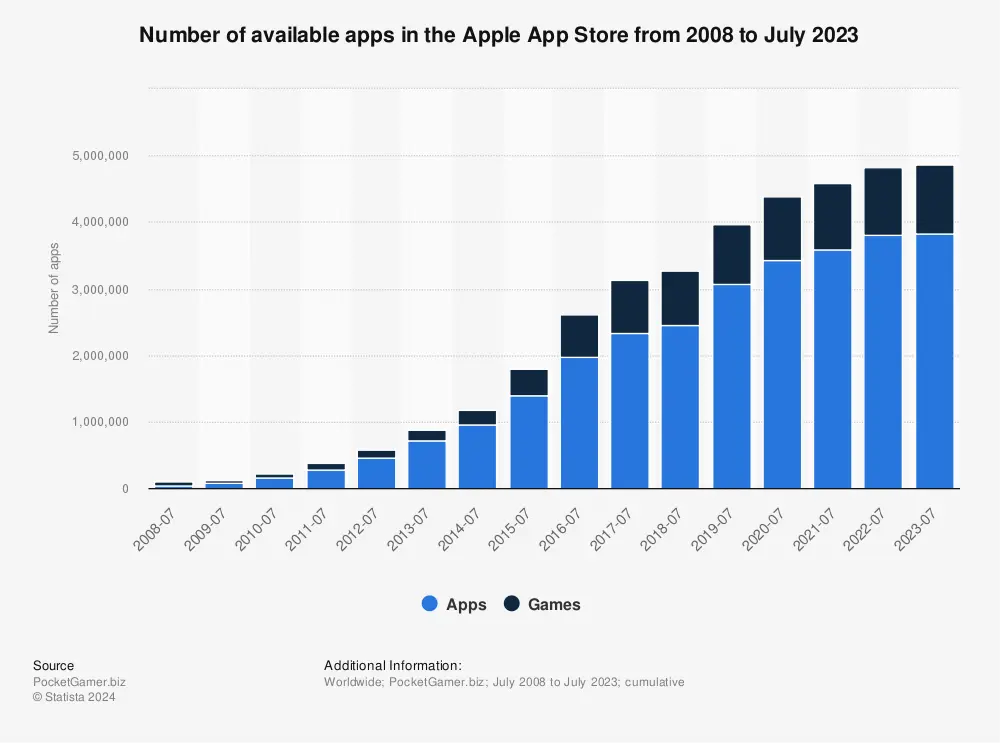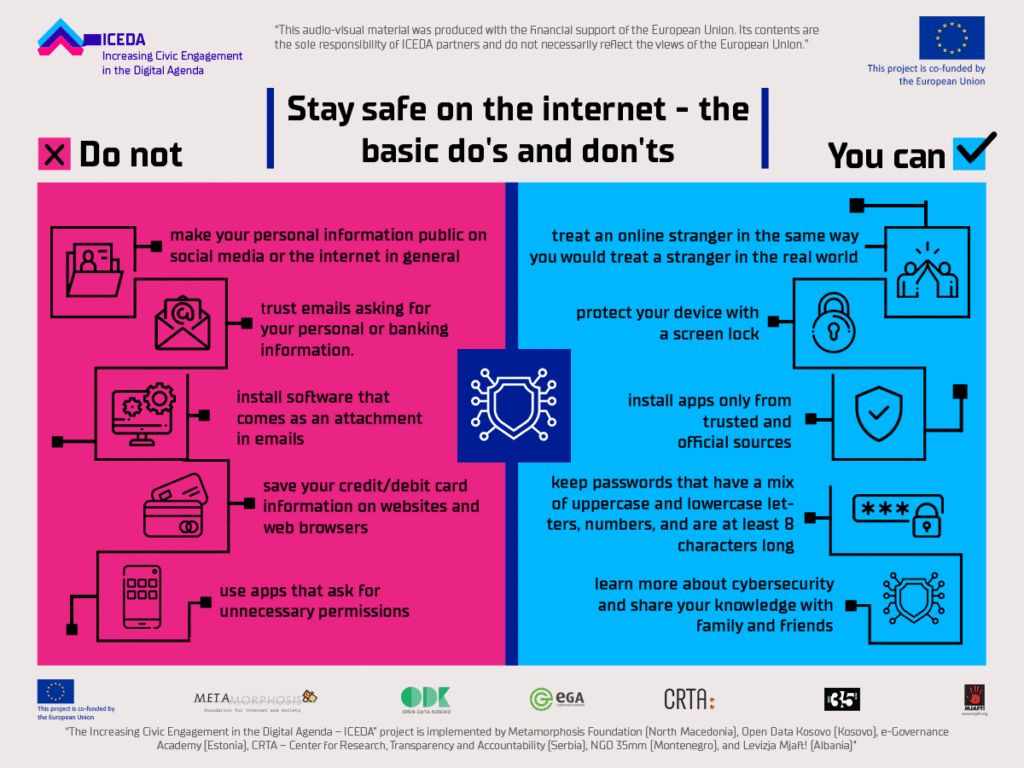Explore how trending topics on social media often diverge from real-world data, with a deep dive into one recent example.
Introduction
In today’s hyperconnected digital era, viral trends burst forth like wildfire — captivating millions, flooding timelines, and shaping pop culture in mere hours. But how much of this online fervor translates into real-world action or lasting impact? At TrueReports, we’re committed to peeling back the layers behind the hype, examining the raw data, and revealing the truth behind viral sensations.
This post unpacks how social media trends gain momentum, the mechanics driving virality, why many fizzle without tangible effect, and how to distinguish fleeting online buzz from meaningful cultural shifts. To anchor our discussion, we’ll deep dive into one recent viral example: TikTok’s “AI Action Figure” trend.
1. What Makes Something Viral?
To understand the chasm between hype and reality, first, we need to grasp what virality really means.
1.1 The Algorithmic Engine
Social media platforms like TikTok, Instagram Reels, and X (formerly Twitter) rely heavily on complex recommendation algorithms. These algorithms analyze:
- Engagement metrics (likes, shares, comments)
- Watch time and completion rates
- User interaction history
- Content relevance and freshness
These factors create feedback loops — the more engagement a post gets early on, the more it’s promoted, which leads to even more engagement.
1.2 Emotional Triggers Fuel Spread
Content that triggers strong emotional responses — humor, shock, awe, or nostalgia — naturally spreads faster. Human psychology favors sharing content that provokes feelings, making emotional resonance a core driver behind virality.
1.3 Celebrity & Influencer Amplification
When influencers or celebrities jump on a trend, it gains instant credibility and reach. Their follower base can accelerate a trend beyond organic growth, sometimes creating false perceptions of widespread adoption.
2. Viral Trend Metrics vs. Real-World Data: Where’s the Gap?
Online virality can often be an illusion when you scrutinize beyond surface-level metrics.
2.1 Views and Likes ≠ Action
Millions of views or likes do not mean millions of people actively engaged beyond passive consumption. The vast majority are observers, not participants.
2.2 Short Trend Lifespans
Trends typically peak in 2 to 3 weeks before rapidly declining. This fleeting nature limits their potential for sustained impact.
2.3 Limited Demographic Reach
For example, TikTok users predominantly belong to the Gen Z and younger millennial cohorts. Hence, trends popular here don’t always permeate other age groups or cultures.
2.4 Misinformation and Misperceptions
The viral nature of social media can amplify misleading or false information faster than corrections or facts can catch up.

3. Case Study: TikTok’s “AI Action Figure” Trend (2025)
Let’s take a closer look at a recent viral trend and compare its online buzz with tangible data.
3.1 The Trend Overview
In early 2025, TikTok users began creating stylized digital avatars of themselves using AI-powered apps, tagged with #AIActionFigure. The hashtag amassed over 7 million uses in a matter of weeks.
The trend captivated users with its creativity, personal expression, and novelty — fueled by excitement around AI’s potential.
3.2 Engagement Data
- Viewership: Estimated 300 million video views under the hashtag.
- Active Participation: Roughly 400,000 unique creators uploaded AI avatar videos.
- Duration: The trend’s popularity surged over 4 weeks and declined sharply after.
3.3 Real-World Impact Analysis
Despite massive online attention:
- There was no significant increase in paid AI avatar services or apps in the months following.
- User engagement remained largely recreational, with little evidence of sustained creative or commercial uptake.
- No related products or brand campaigns capitalized meaningfully on the trend.

4. When Virality Translates to Impact: Examples
While many trends fade, some create lasting change.
4.1 The #BookTok Effect
TikTok’s book community propelled unknown authors like Colleen Hoover into bestseller lists. Publishers actively monitor this community to identify breakout hits — a clear example of viral attention driving economic impact.
4.2 Viral Commerce & TikTok Shop
TikTok Shop generated over $9 billion in U.S. gross merchandise value in 2024. Viral shopping videos sparked impulse buys, influencing product trends and retail behavior.
4.3 The Cottage Cheese Food Trend
Unexpectedly, a viral cottage cheese snack trend boosted sales by 15-30% in the U.S. and U.K., showing how viral content can influence real consumer choices.

5. The Italian Brainrot Meme: A Viral Culture Deep Dive
In early 2025, a peculiar meme called “Italian Brainrot” flooded social media feeds.
5.1 What Was It?
- AI-generated surreal images combined with bizarre Italian audio.
- A blend of absurdism, humor, and meme culture.
- Sparked millions of views and shares across TikTok and Instagram.
5.2 But Did It Matter?
- Cultural novelty entertained millions but had no lasting cultural footprint.
- No merchandise, brand tie-ins, or behavioral shifts followed.
- Demonstrated how algorithmic curiosity can create viral sensations without deeper impact.

6. Understanding the Disconnect: Four Critical Gaps
Why do viral trends rarely translate into real-world change?
6.1 Algorithmic Echo Chambers
Algorithms create bubbles where content recirculates among like-minded users but rarely escapes into broader audiences.
6.2 Surface Metrics vs. Meaningful Engagement
Likes and views indicate interest but don’t guarantee behavioral changes or economic outcomes.
6.3 Attention Span Culture
The pace of content production means trends come and go fast, often before momentum for deeper impact can form.
6.4 Lack of Infrastructure for Conversion
Most viral content lacks mechanisms to transform engagement into action (purchase, policy change, awareness campaigns).
7. How to Navigate Virality: Tips for Brands & Creators
7.1 For Brands
- Track multi-platform data, including search trends and purchase behavior.
- Prioritize authenticity and alignment with brand values.
- Measure KPIs that matter: sales, subscriptions, customer lifetime value.
7.2 For Creators and Users
- Reflect on the purpose behind participation: fun or function?
- Avoid hopping on trends late; the window closes quickly.
- Use critical thinking to assess trend validity and impact.

8. Data-Driven Trend Monitoring: The Smarter Approach
Successful trend navigation requires:
- Social listening tools to track hashtag use and sentiment shifts.
- Cross-verification with Google Trends and news cycles.
- Segmenting audiences to gauge relevance.
- Linking spikes in engagement to concrete business metrics.
9. Ethics and Responsibility in Viral Culture
9.1 Avoiding Misinformation Spread
Viral misinformation can cause harm — users must remain skeptical and verify facts.
9.2 Safety Considerations
Certain viral challenges have caused real injury (e.g., “Beezin” lip balm trend), underscoring the need for caution.
9.3 Promoting Media Literacy
Educating users on how algorithms work empowers better content consumption and sharing decisions.

10. Final Thoughts: The True Power Behind Virality
Virality is a double-edged sword: it can amplify voices but also distort realities. The true value of a viral trend lies in its ability to move people to meaningful action, not just fleeting attention.
At TrueReports, we champion critical observation, data-backed analysis, and balanced perspectives. The internet’s buzz is constant—but real change is rare.

Conclusion
Viral trends are fascinating cultural phenomena — but the hype often overshadows the truth. By applying rigorous data analysis and critical thinking, we can distinguish genuine impact from ephemeral noise. As consumers, creators, and brands, understanding this distinction helps us navigate digital culture responsibly and meaningfully.

